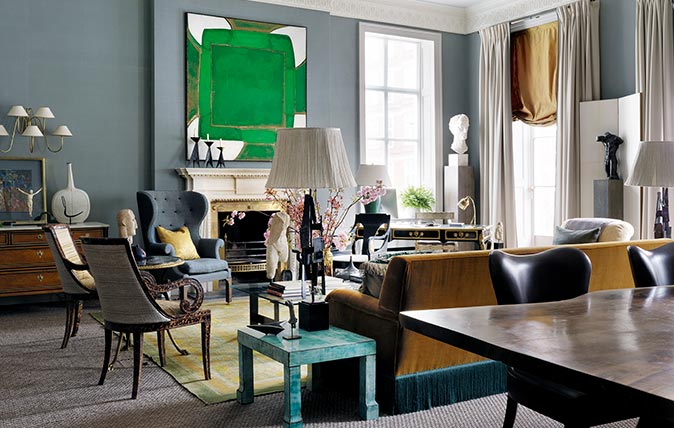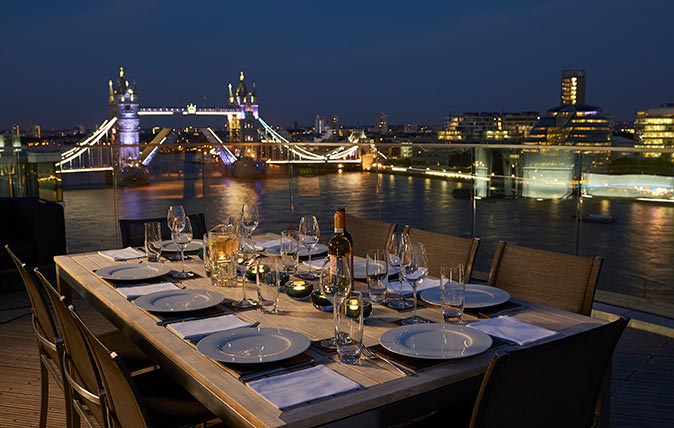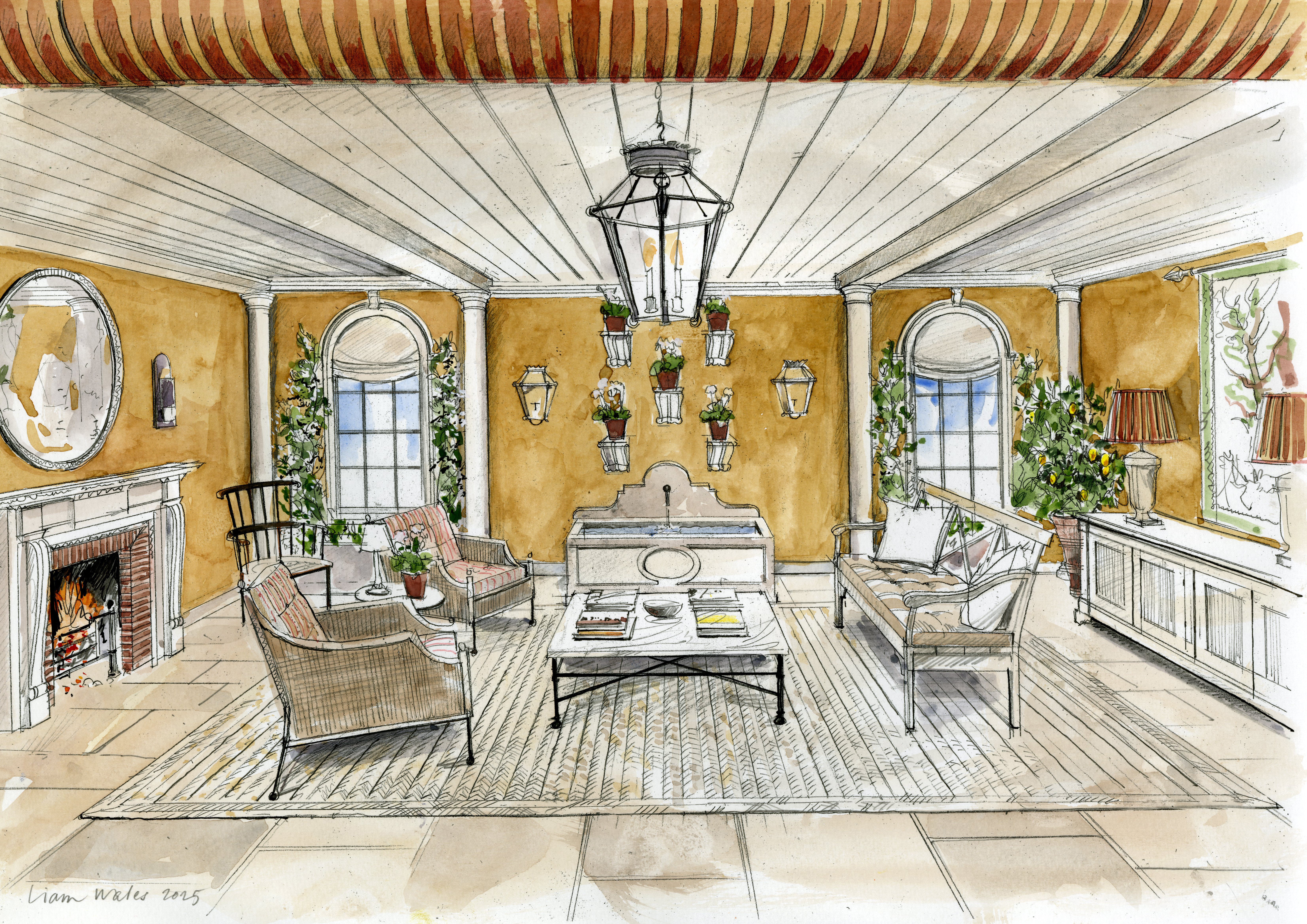The beautifully symmetrical London drawing room of interior designer Douglas Mackie
Symmetry is regarded as the secret to creating a calm, coherent space, but for many designers, it’s more about creating balance, says Arabella Youens.


The idea of symmetry as a harmonising force has been ingrained in the minds of architects and designers for millennia, none with greater fervour than the architect Andrea Palladio. His style was inspired by the buildings of Ancient Rome and his The Four Books of Architecture or I quattro libri dell’architettura, first published in 1570, were key to disseminating his theories.
A copy of Palladio’s work was purchased by the English architect Inigo Jones in 1601, during his first travels through Italy and he went on to introduce Classically inspired Italianate architecture to Britain. An 18th-century British revival of interest in the work of both Jones and Palladio created the Palladian style, with its carefully proportioned volumes, geometric planning and deliberate contrast between external austerity and rich internal decoration.
‘Everyone was obsessed with pairs: lamps, tables, chairs. It was fashionable to create an axis in a room with a focal point and then build in elements of symmetry around that.’
Decorator and paint expert Edward Bulmer, who specialises in designing the interiors of Grade I-listed country houses, points out that symmetry isn’t, however, the preserve of Classical architecture. ‘There are very few early styles that don’t involve the rules of symmetry – Gothic architecture, for example, is full of it – but although the mathematical roots remain fundamental to the structure of the building and its ability to stand upright, the key to a successful interior that’s going to be enjoyed rather than just created to make a design statement is much more about balance.’
London-based decorated Douglas Mackie is one who believes that symmetry ‘can be an easy cop-out when designing a room’ and agrees that, instead, it’s about achieving a highly considered balance. ‘Although the architecture of the space is likely to have symmetrical elements,’ he says, ‘the skill of the designer is in playing against that; creating a balance using different forms and often different styles and periods within the same room.’
When the antique dealer and designer Christopher Howe opened his antiques shop on Pimlico’s Bourne Street in 1987, symmetry in interiors played a stronger role than it does today. ‘Everyone was obsessed with pairs: lamps, tables, chairs. It was fashionable to create an axis in a room with a focal point and then build in elements of symmetry around that.’
Today’s yearning for proportion and balance, he believes, is a reaction to what went beyond symmetry: the fad of Minimalism. ‘Now that phase is over and, turning our backs on emptiness, we want to return soul to our rooms and that’s achieved by mixing pieces from different periods and about understanding scale.’
Scale is inextricably linked to balance and proportion: choosing an ottoman that’s two-thirds the size of the sofa or hanging two smaller pictures alongside one larger one. ‘Scale isn’t just the size of something, but understanding the space it commands,’ believes Christopher. ‘Just as a small person can have tremendous presence because of their personality, the same is true of a piece of furniture, a painting or even a light fitting.’
Sign up for the Country Life Newsletter
Exquisite houses, the beauty of Nature, and how to get the most from your life, straight to your inbox.
Another way of achieving balance in a room is through colour and, in particular, employing contrasting colours on the colour wheel. ‘You could argue it’s a form of symmetry,’ adds Edward. ‘It’s really interesting to see how many modern designers produce interiors that feel comfortable and unchallenging. Most of them are subliminally obeying these unwritten rules of balance, harmony and proportion.’

A living room that’s a calm sanctuary in the midst of the city
Ben Petreath's brief was to create a characterful city sanctuary. Here's how he went about it.

Cheval Residences: Living the high life in London, no strings attached
Those looking for a place to stay in London for a week or two used to have little option but

The Country Life Top 100 architects, interior designers, craftsmen, builders and garden designers in Britain
It's now six years since the original Country Life Top 100 was published, but the aim hasn't changed: we name
-
 The big reveal: A first look at Country Life's RHS Chelsea Flower Show stand
The big reveal: A first look at Country Life's RHS Chelsea Flower Show standInterior designer Isabella Worsley reveals her plans for Country Life’s ‘outdoor drawing room’ at this year’s RHS Chelsea Flower Show.
By Country Life
-
 Schreiber House, 'the most significant London townhouse of the second half of the 20th century', is up for sale
Schreiber House, 'the most significant London townhouse of the second half of the 20th century', is up for saleThe five-bedroom Modernist masterpiece sits on the edge of Hampstead Heath.
By Lotte Brundle